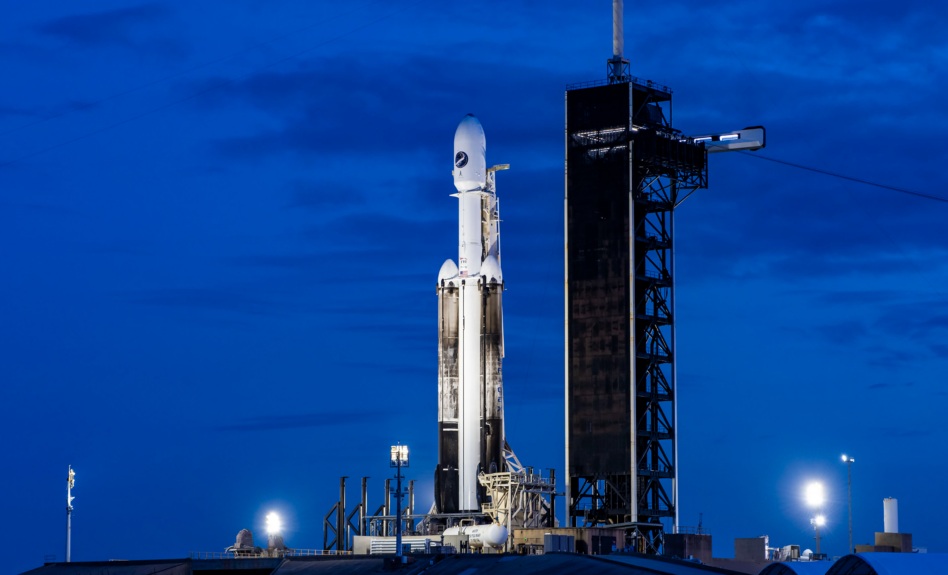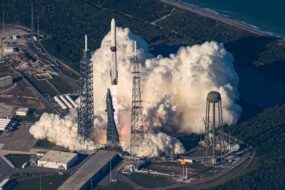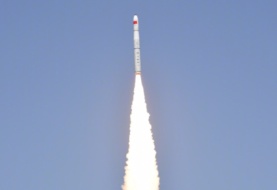The DoD’s secretive spaceplane is back.
SpaceX launched the Space Force’s X-37B aboard a Falcon Heavy on Dec. 28 after a few weeks of delays. The launch marked the seventh mission for the spaceplane and its first time riding atop Falcon Heavy.
The Boeing-built 5,000-kg vehicle carries semi-classified Pentagon missions and is designed to operate in orbit for multiple years. While the Defense Department has not revealed many details of the mission, we do know that it’s set to carry out a wide range of tests, including experiments on the long-term effect of radiation on plant seeds and new space domain awareness tech.
The DoD also said the spaceplane will be deployed in a new orbit, likely higher than in the past.
End of the road: When its tour of space finishes, the reusable spaceplane, which flew its first orbital mission in 2010, will glide back to Earth for a horizontal runway landing à la Shuttle. The length of the spaceplane’s expected tenure in orbit isn’t public, but it’s likely to be multiple years—its sixth mission, which ended in November 2022, lasted a record-breaking 908 days.
A heavy-lift workhorse: As for SpaceX, the flight was the fifth Falcon Heavy launch of the year and ninth all-time. The mega-rocket stitches together three Falcon 9 boosters for a whole lot more thrust, allowing it to max out at 63.8 tons to LEO or 26.7 tons to GEO.




